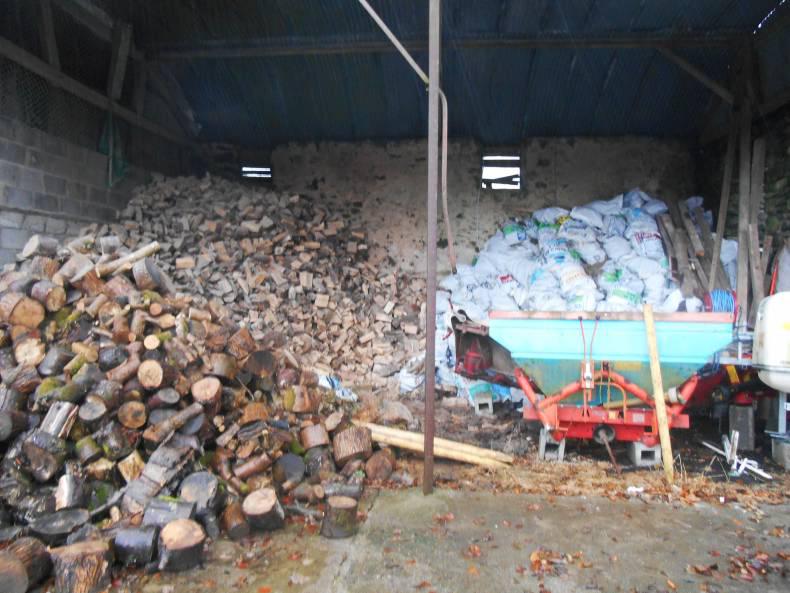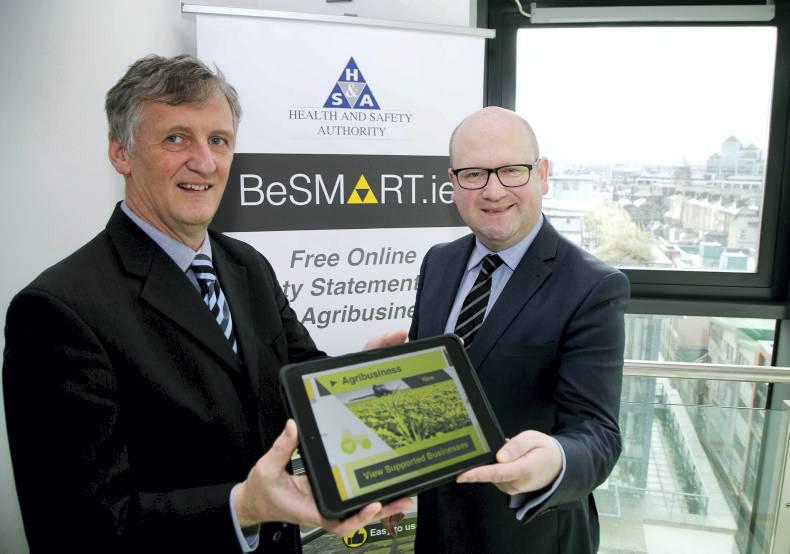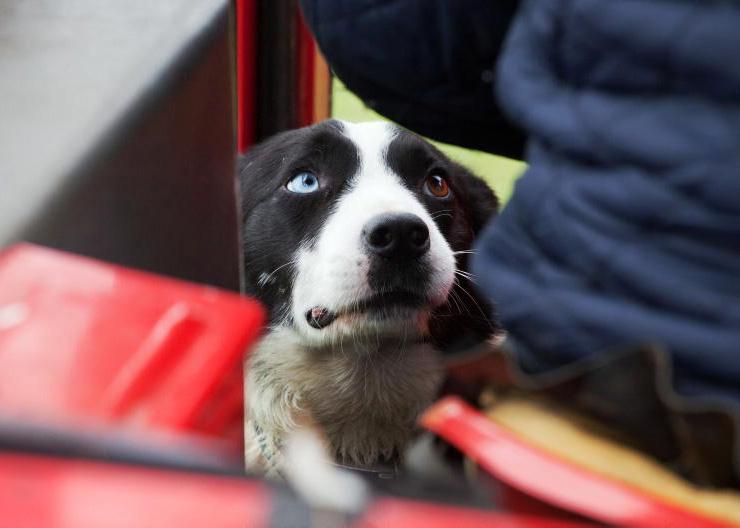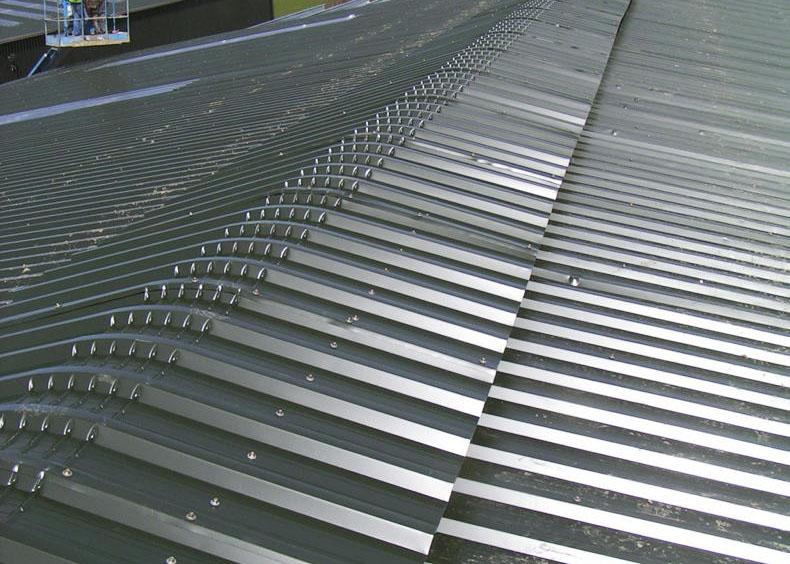This time of year farmers spend most of their time working in or around livestock sheds. Short days and long dark nights mean a lot of work is carried out when visibility is poor. With a combination of poor visibility, increased workload, feeding stock indoors and machinery usage in confined areas, the chances of an accident increase significantly.
According to the Health and Safety Authority (HSA), in the 10-year period from 1996 to 2005, 18% of farm deaths were due to falls from height or collapse of farm buildings. In particular, falling through fragile roofs or from ladders was of concern. The authority says collapsing walls or earthen drains also cause many deaths. Drowning in slurry and water and gas poisoning have caused (10%) of farm deaths over the 10-year period under review.
The risk assessment document designed by the HSA for farms with three or less employees is well worth looking at to help you focus on the areas of your farm that may need attention.
There is now also an online version farmers can use through the BeSMART.ie website. Launched this year, this new initiative by the HSA, is completely free. It allows farmers to enter the website and amend their risk assessment on an ongoing basis during the year. The service can also send email reminders of tasks to be carried out in the future. A risk assessment is required to be carried out by all farmers. Farmers can register and create a personalised farm risk assessment account.
The idea of making a farm risk assessment is to reduce the chances of an accident occurring in your workplace. Farmers should read the information available on the website of the possible hazards in each area of their farms and then self-assess the situation in their own circumstances. Here we show an example of a fictitious farmer and how he might carry out a risk assessment on part of his farm.
Picture one and two


In the farm buildings and slurry risk assessment section farmers can list out the sheds and yards on their farms. Picture one shows an example of a farm buildings risk assessment for the different buildings on the farm. In this example, the second control the farmer had to consider for each area was whether or not the buildings were tidy and in good repair. A tick indicates the control measure is in place, an X means work has to be done to ensure the control measure is done as soon as possible and N/A means the control measure doesn’t apply in the situation. All the sheds met the control measure in this category except the hayshed. The farmer felt the hayshed was untidy, with old timber and machinery creating clutter and causing a mess that could result in a fall (picture 2). By doing the risk assessment he knows this area needs attention and he will take care of it in the coming days.
Picture three

In the risk assessment form an important area of safety is that there is a safe means of accessing heights. This farmer has a lofted area he uses to store cattle feed. He has a purpose-built stairs and safety rail for getting up to this area, which is ideal. Some farmers use unstable ladders as a means of accessing a loft, which is dangerous.
Picture four

In winter, storms and windy weather are a common occurrence that are not only dangerous when driving. In the farmyard an open swinging door can be lethal in windy weather, especially if children are present. This farmer saw the risk in a swinging door on his farm and put a safety hook in place to prevent the wind taking it. He can give this section of his risk assessment a positive tick.
Picture five and six


Drowning is by far the most common cause of death involving slurry, according to the HSA. This farmer has two cattle sheds – one was built in the late 1970s and the other shed was built in 2004.
The older shed has just a steel lid at the manhole opening and there is no safety access point in place.
This has to be rectified so it will get a negative X mark on the assessment page. However, in the newer shed the outdoor agitation point has a proper manhole safety access cover, so this shed will get a positive tick.
Picture 7

Collapsing walls are a common hazard on farms. This farmer secured any old walls in his livestock sheds with steel bars to prevent a wall collapsing on someone.
Arthur Byrne's top tip from ESB Networks
Working at this time of the year is tough, with dark, windy and wet days and nights. Proper lighting around the yard can reduce unnecessary trips and falls and even worse. LED lighting offers a considerable reduction in energy usage, and has a longer working life.

















SHARING OPTIONS